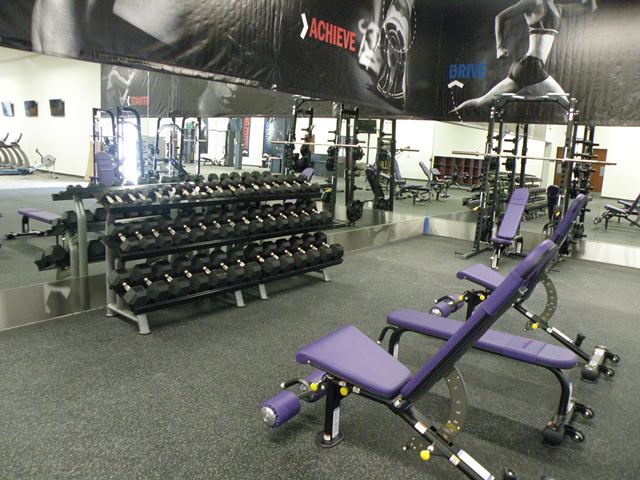By Kayla Hartson
Student Fitness Program Coordinator
According to the U.S. National Library of Medicine, 8 out of 10 people will experience low back pain at some point in their lives.
Many times the source of low back pain is lack of strength, which means it can be prevented by consistent exercise and proper strengthening movements.
Strengthen your core to relieve back pain
When you hear the word “core,” what part of the body do you think of? The abs?
The core does not just consist of the abdominal muscles. It also includes the sides of the trunk, pelvic floor, back, buttocks, hips and pelvis.
All these muscles work together to stabilize movement, protect the spine and transfer force between the upper and lower body. Most movements required to perform daily activities rely on core strength. Without this strength and stability, you are much more likely to develop an injury.
When you develop proper core strength, certain muscles activate and stay activated to support your low back, preventing potential injury and pain.
What are some movements that rely on core strength?
- Any bending, twisting, lifting movements
- Standing
- Sitting
- Everyday tasks (getting dressed, getting in the car)
- Good posture
- Sports
- Physical activity
This list demonstrates that almost every single activity you do relies on your core. You might be able to accomplish these tasks with a weak core, but it is only a matter of time until you experience pain or injury because of this weakness.
People often do not realize how much core activation movement requires until they experience the constant pain and discomfort caused by an injury.
How do you strengthen your core?
Here are descriptions on how to properly perform the following core-strengthening movements:
Plank: Come into the top of a pushup position with your toes and hands pushing away from the ground. Look down slightly above your fingertips, thinking about creating a long, straight line from the tip of your head to your heels. Relax your shoulders away from your ears, draw your bellybutton up to your spine, reach your heels back, squeeze your glute muscles. Hold this position, but don’t hold your breath!
Forearm Plank: Same as above except that you're supported by your forearms instead of your hands. Both planks are hard, and one is not necessarily better than the other. But some people argue that the forearm plank is actually harder because it recruits more of your core muscles. Also, holding the plank at the top of the pushup position fatigues your shoulders a lot faster than the forearm plank. I prefer the forearm plank because I think it is more comfortable and easier to keep proper form.
Quadruped Position with Alternating Lifts: Come onto your hands and knees, hands directly under shoulders and knees directly under hips. Tighten your abdominal muscles. Think about keeping a neutral spine, creating a long, straight line from the tip of your head to your tailbone. Raise one arm straight forward and the opposite leg straight backward, reaching fingertips forward and toes pointing down to the floor. Hold this position with consistent breathing. Repeat with the other arm and leg.
Prone Position with Alternating Lifts: Lying face down in a prone position, raise arms above your head. Raise one arm and the opposite leg up, holding this elevated position while squeezing your back and glute muscles. Alternate arms and legs while consistently breathing.
Glute Bridges: Lay down in a supine position, bend your knees, place your feet flat on the floor. Pressing into your feet, think about driving your knees forward, sending your hip bones up to the ceiling. Keep your abdominal muscles engaged and squeeze your glutes throughout the movement.
Plank with Side Crunch: Come into a top of a pushup position with your toes and hands pushing away from the ground. Look down slightly in front of your fingertips, thinking about creating a long, straight line from the tip of your head to your heels. Relax shoulders away from ears, tighten your abdominal muscles, reach your heels back, squeeze your glute muscles. Lift your right foot off the ground, bringing your right knee up to your right elbow, tightening your abs and your right oblique muscles. Return to plank position and repeat on the left side.
Follow the Student Fitness Centers on Intsagram at @gcu.sfc for tips on how to stay active and healthy.
****
References:
Back Pain. (2016, October 21). Retrieved from https://medlineplus.gov/backpain.html
Gummelt, D. (2016, May 3). Improve Spine Health With These Core-strengthening Moves. Retrieved from https://www.acefitness.org/education-and-resources/professional/expert-articles/5922/improve-spine-health-with-these-core-strengthening-moves/
The real-world benefits of strengthening your core. (n.d.). Retrieved June 2, 2020, from https://www.health.harvard.edu/healthbeat/the-real-world-benefits-of-strengthening-your-core















